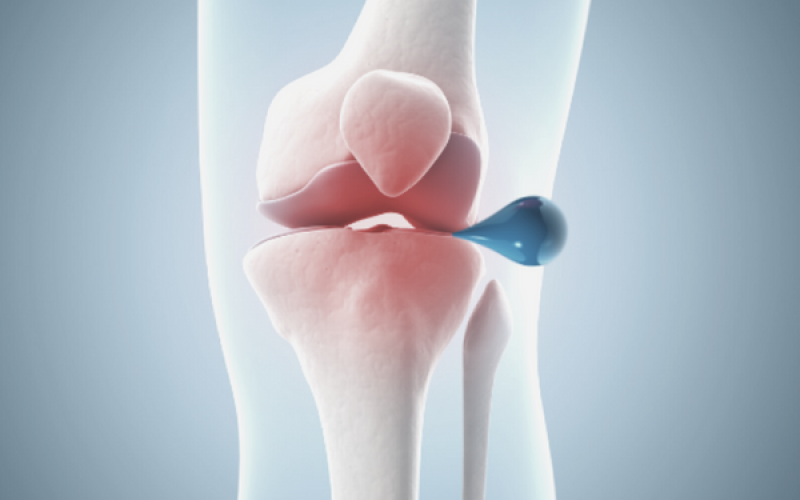Medically, a Baker’s cyst is called a popliteal cyst, a fluid-filled sac that causes tightness and a bulge behind the knee. It can be painless and go unnoticed until there has been increasing inactivity. When there is pain, it is usually worsened when bending or fully straightening or activity levels increase.
What are the symptoms?
- Swelling behind the knee.
- Stiffness and pain in the knee or lower leg
- Inability to bend the knee or fully straighten the leg
How does it happen?
A Baker’s cyst is a degenerative condition usually resulting from an existing knee problem, such as an injury that causes a cartilage tear or inflammation from different arthritis.
These conditions cause the knee to produce too much of the natural lubricate called synovial fluid, which helps to reduce friction between the moving parts of the knee, so it moves smoothly. Although a Baker’s cyst may cause uncomfortable swelling, treating the underlying problem in most cases provides relief.
When to get help
Although unlikely, any new onset of pain and swelling may show a more severe condition, such as a blood clot, so a doctor should check it.
Complications
In rare circumstances, a Baker’s cyst can rupture and synovial fluid leaks into the calf region, which can closely match the signs and symptoms of a blood clot. Here, the following additional symptoms would usually appear.
- Sharper knee pain.
- Swelling, which extended into the calf
- Heat or redness in the calf or a feeling of water running down your leg.
Diagnosis
A Baker’s cyst can often be diagnosed with a physical examination, but you may need some imaging to rule out a blood clot; this could include
- Ultrasound
- X-ray
- Magnetic resonance imaging (M.R.I.)
 Treatment
Treatment
Small cysts sometimes resolve on their own. Larger and more painful ones might need.
- Medication; Oral or skin gel pain-relieving drugs. Or a joint injection of a corticosteroid medication to reduce inflammation. While these usually relieve pain, they won’t always prevent the cyst from returning.
- Fluid drainage; Sometimes, the fluid build-up needs to be drained. It’s a quick, straightforward procedure called a needle aspiration, usually performed under ultrasound guidance; it is painless and usually offers immediate relief.
- Physical therapy; Gentle mobilising, range-of-motion movements and strengthening exercises for all the muscles around the knee may help reduce symptoms and preserve knee function.
- Self-care; Icing and compression strapping such as Tubigrip. Using crutches is useful if folks are limping or struggling to weight-bear. Avoiding the things which irritate the knee, if possible, is wise until the inflammation settles. You may need guidance on alternative forms of exercise you can do in the meantime.
Final words
Addressing the underlying cause is essential to recovery and avoiding reoccurrence. Sometimes, that might mean a chat with a surgeon, especially if a cartilage tear is causing the overproduction of synovial fluid; they may recommend surgery to repair or trim away the torn cartilage. Baker’s cysts, which are associated with osteoarthritis, usually improve when the arthritis is better managed.








